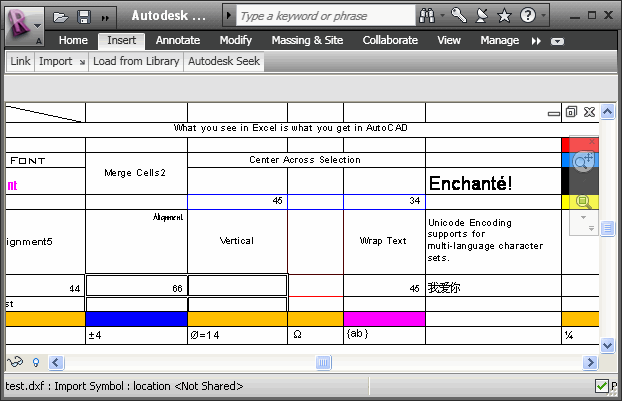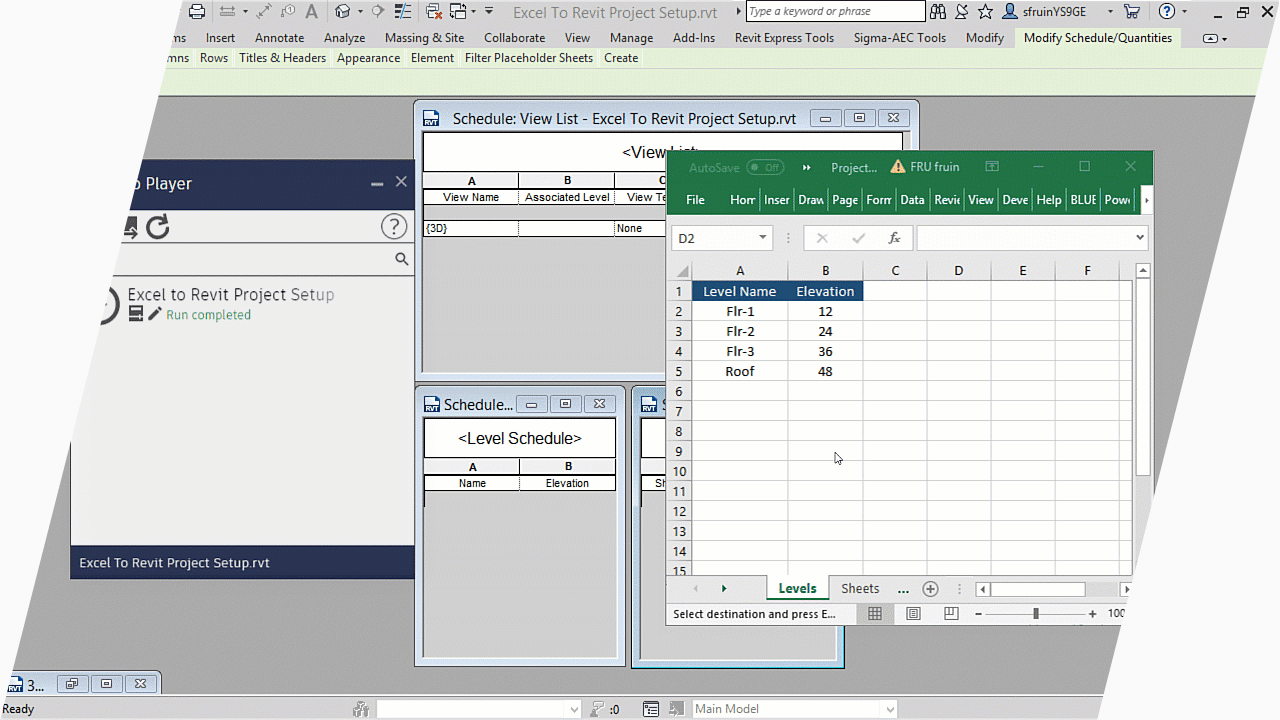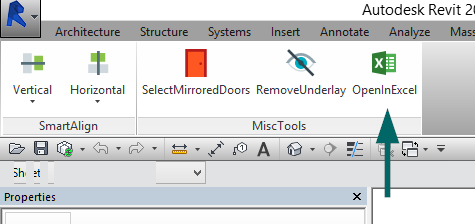Revit Tools for every single Task: Your Ultimate Style Companion
Wiki Article
Damaging Barriers: Excel Importation Techniques for Advanced Revit Users
Are you an advanced Revit individual aiming to take your abilities to the following level? In this write-up, we will certainly reveal you how to break obstacles by leveraging Excel for importation in Revit. Check out various data importation techniques and master Excel combination to improve your Revit modeling capabilities. With our tricks and ideas, you can get over importation obstacles and come to be a real specialist in making use of Excel for your Revit tasks. Prepare to master your Revit trip!Advanced Revit Users: Leveraging Excel for Importation
You can quickly utilize Excel for importation as an advanced Revit individual. Excel is an effective tool that can greatly improve your operations and effectiveness in Revit. With its capacity to handle big quantities of data and execute intricate estimations, Excel can be a beneficial possession in managing and arranging your job details.One means to utilize Excel for importation is by using the "Link Excel" feature in Revit. This function allows you to connect an Excel spread sheet directly right into your Revit project, enabling you to update and integrate information between both programs. When dealing with schedules or tracking changes in your project., this can be particularly useful.
Another way to utilize Excel is by making use of the "Import/Export" attribute in Revit. This feature allows you to import and export information in between Revit and Excel, giving you the versatility to collaborate with data in both programs. You can import data from Excel into Revit to develop aspects such as doors, spaces, or wall surfaces, and you can additionally export data from Revit to Excel for more evaluation or coverage.

Exploring Data Importation Techniques in Revit Using Excel
Discovering exactly how to import information from Excel right into Revit provides efficient methods for incorporating details. When you import data from Excel, you can seamlessly move data such as room schedules, material lists, and devices data into your Revit job. This process allows you to save effort and time by preventing hands-on data entrance.To import data from Excel into Revit, you can utilize the "Import/Export" function. This attribute enables you to map the Excel data fields to the matching Revit specifications, making certain that the information is properly designated within the model. By choosing the appropriate import options, you can manage exactly how the data is imported and how it interacts with your job.
One more technique for importing information from Excel right into Revit is by utilizing Dynamo. Eager beaver is a visual programs device that incorporates with Revit and enables you to automate operations and tasks. With Dynamo, you can create custom scripts that import data from Excel and adjust it within your Revit project. This method offers even extra versatility and personalization alternatives.
Understanding Excel Combination for Advanced Revit Modeling
One essential strategy is importing data from Excel spread sheets straight into your Revit model. With a couple of easy steps, you can map the Excel columns to the equivalent Revit criteria and import the data accurately.An additional valuable approach is exporting data from Revit to Excel. This enables you to draw out information from your version, such as timetables or product amounts, and analyze it in Excel using solutions, charts, or other powerful devices. By leveraging the capacities of Excel, you can do intricate computations, create custom records, and gain important understandings right into your task.
In enhancement to data transfer, Excel integration can automate repetitive tasks in Revit. By producing macros or manuscripts in Excel, you can automate procedures like developing sights, generating sheets, or using basic families - revit tools. This not just conserves time however likewise makes sure uniformity across your project
To grasp Excel integration in Revit, it is essential to comprehend the data structure click site and how Revit connects with Excel. By familiarizing yourself with the available devices and techniques, you can open the complete capacity of Excel combination and take your Revit modeling to the following degree.
Conquering Importation Obstacles: Excel Techniques for Revit Specialists
When getting rid of importation obstacles, it's essential to be familiar with efficient Excel methods that can benefit professionals in Revit. As an advanced Revit individual, you recognize the significance of flawlessly importing information from Excel into your jobs.
An additional helpful method is using the "Transpose" feature in Excel. This permits you to transform information from rows to columns or the other way around. When importing data into Revit, this can be specifically handy when you have information in a vertical layout in Excel, however you require it to be in a horizontal style in Revit.
Moreover, utilizing Excel solutions such as VLOOKUP and INDEX-MATCH can greatly help in mapping data from Excel to Revit. These solutions permit you to look for specific worths in Excel and obtain corresponding information from one more column. This can save you time and effort when importing huge datasets into Revit.
Excel Information Importation Advice for Advanced Revit Users
By acquainting on your own with reliable Excel pointers and methods, you can enhance your information importation procedure as an innovative individual of Revit. In addition, utilizing Excel's "Paste Special" attribute permits you to paste data from Excel into Revit while maintaining formatting, such as cell shade or font style. An additional handy trick is to utilize Excel's "Change and discover" feature to swiftly these details make changes to your information prior to importing it right into Revit.
Conclusion
You have now discovered beneficial strategies for importing information from Excel right into Revit as an advanced user. Go in advance, break those barriers and stand out in your Revit tasks!
When importing data into Revit, this can be especially useful when you have information in a vertical style in Excel, however you require it to be in a straight style in Revit.
Additionally, utilizing Excel formulas such as VLOOKUP and INDEX-MATCH can substantially help in mapping information from Excel to Revit. In addition, making use of Excel's "Paste Unique" attribute allows you to paste information from Excel right into Revit while keeping formatting, such as cell color or font style.
Report this wiki page